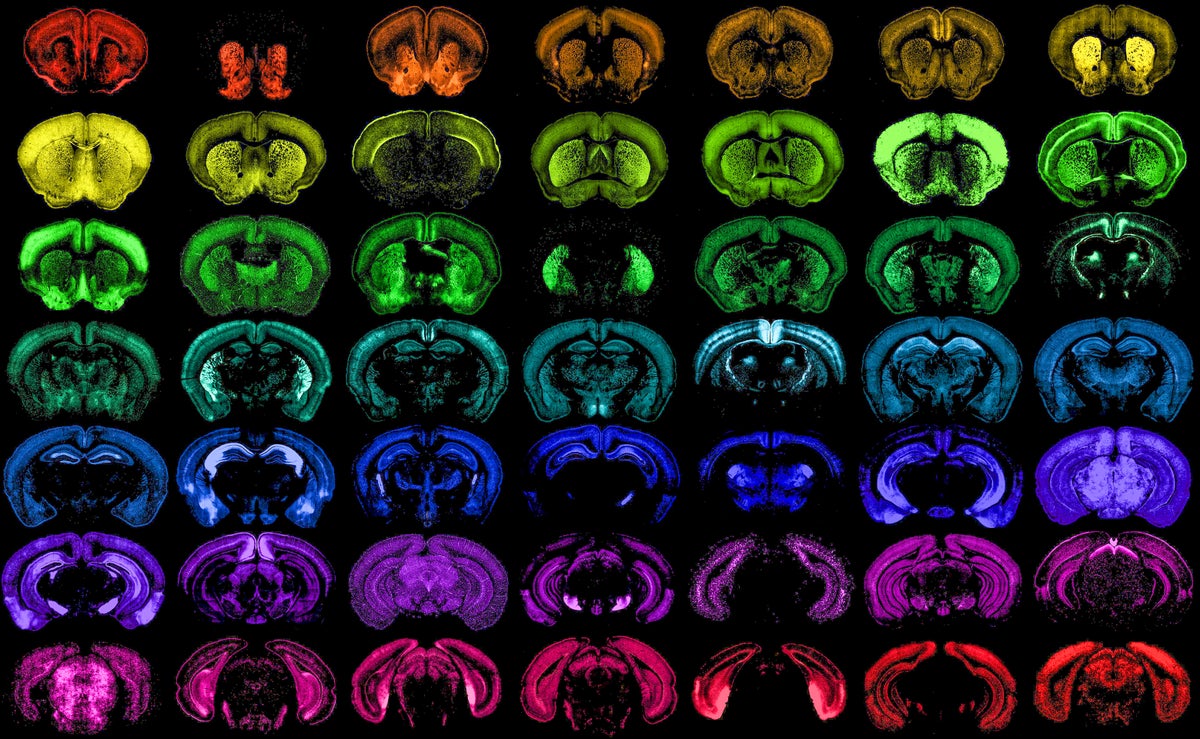
"This newfound diversity is not only a beautiful picture for neuroscientists—it's also key to understanding how the brain works and what goes wrong in certain brain diseases."
"Now they have them in spades. In a fleet of eight studies funded by the National Institutes of Health and published last week, scientists from 29 research institutions found and tested more than 1,000 new ways to home in on specific cell types."
Neuroscientists have identified more than 3,000 distinct types of brain cells, each contributing to the brain's intricate ecosystem. These findings underscore the complexity of the brain and its relevance to various neurological disorders, such as Parkinson's disease and schizophrenia. Recent studies, backed by the National Institutes of Health, have developed over 1,000 methods to target specific cell types in the brain, using adeno-associated viruses to modify these cells’ functions. This capability is vital for advancing our understanding of brain operations and treating diseases at a cellular level.
Read at www.scientificamerican.com
Unable to calculate read time
Collection
[
|
...
]